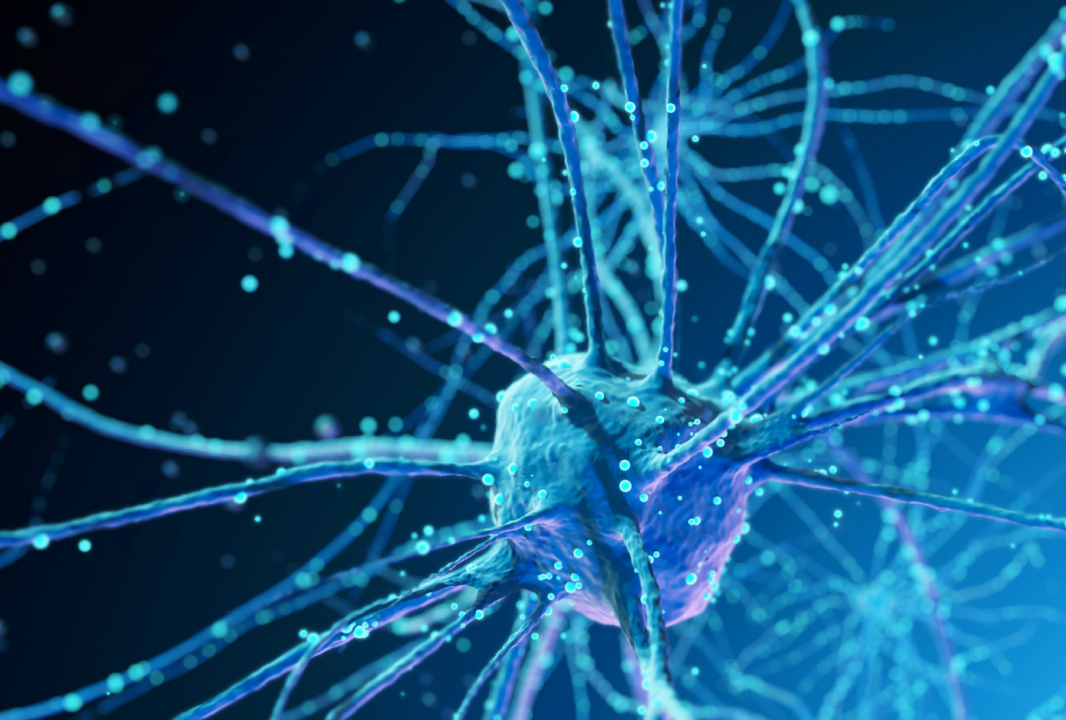Authored by Clarion, now part of Lumanity
Digital technologies are becoming more prevalent across the healthcare field, and new applications in oncology have begun to emerge. These applications span a wide range, operating at the level of populations or for individuals, and for a wide variety of stakeholders. Below we highlight a couple of examples from recent conference activity.
Digital impacts around real world evidence reported at ASH:
Real world evidence becomes actionable when real world data is shared and aggregated. Data is the key driver in digital. There are increasingly more points of data available in every area of oncology from trials to treatment and follow-up. Real world data is one of the most prolific areas of data generation. However, data, on its own, is not useful unless it is analyzed to identify patterns and insights to become real world evidence (RWE).
At this year’s ASH Annual Meeting, the ASH Research Collaborative and The Harmony Alliance discussed how digital platform use for pandemic preparedness for COVID-19 care elevated the importance of shared networks for problem solving. Digital data models allow for data to be transformed to RWE and define useful treatment pathways. More broadly, in hematologic oncology, where most conditions are rare, creating larger pools of comparative data can positively influence point-of-care decision-making. This has been exemplified in studies for sickle cell anemia, multiple myeloma, and acute myeloid leukemia (AML). Additionally, data from connected health monitoring during clinical trials and post-trial can further increase the data points that inform outcomes and eventual care. The Observational Medical Outcomes Partnership (OMOP) and Common Data Model (CDM) implement data harmonization to transform patient-level data from multiple technology platforms into a common format.
Digital impacts at the patient level reported at ESMO:
Digital tools in symptom management and tracking. Digital tools, such as web and mobile apps, can improve symptom management and patient engagement in healthcare. These tools can provide patients with educational resources and a means to communicate with healthcare professionals about their symptoms in real time. Studies have shown that these tools can lead to improved outcomes and cost savings, by reducing hospital visits, enacting timely interventions, and more. Some examples discussed at the ESMO Annual Congress include the SYMPRO lung cancer trial in the Netherlands and the eRAPID tool in the UK, which both showed improved quality of life (QOL) and reduced rates of clinically significant well-being deterioration for patients using the tools.1, 2
Digital tools impact cancer survivorship. Digital tools have also been shown to improve QOL for cancer survivors through personalized resources for self-management and symptom monitoring. Examples include the Oncokompas tool which provides a broad range of functions (both cancer-generic and tumor-specific) and the YES portal, designed specifically for younger breast cancer survivors.2, 3 These tools have improved health-related QOL in randomized clinical trials, and they can also provide valuable insights into the patient’s journey and the long-term effects of cancer therapies, to guide improvements in treatment and post-treatment care.
As these tools become more widely used, it is imperative for drug developers to be involved in the process, to help make the tools as beneficial as possible for patients receiving specific therapeutics. It is important to also consider the potential for these tools to report adverse events (AE), which can impact pharmacovigilance, drug dosing, and AE management. However, many open questions and challenges remain, including the profusion and heterogeneity of apps, ill-defined standards, limited stakeholder adoption, privacy concerns, and need for continual data integration and insight generation. Financing is also a key factor in the implementation/adoption of these technologies, and the economic models are still evolving.
The “tip of the digital iceberg”
Digital healthcare innovation is transforming patient care and improving outcomes. The above examples are only the “tip of the digital iceberg” in what digital health tech encompasses. The potential for digital health solutions is vast, including artificial intelligence (AI) and machine learning (ML)-based drug discovery, omnichannel communications, connected health, and more. Drug developers will need to continue to be involved in the development and implementation of these tools, as they can provide valuable insight and maximize the benefit for patients. These innovations are just the beginning of the ongoing digital health revolution, with much more to come in the future.
References
- Billingy, N. (2022). Patient-reported symptom monitoring improves health-related quality of life in lung cancer patients: The SYMPRO-Lung trial. ESMO. Paris.
- Patridge, A. (2022) How to incorporate digital medicine in survivorship care after breast cancer. ESMO. Paris.
- Charalambous, A. (2022). Efficiency of ehealth and digital innovations in cancer care. ESMO. Paris.










